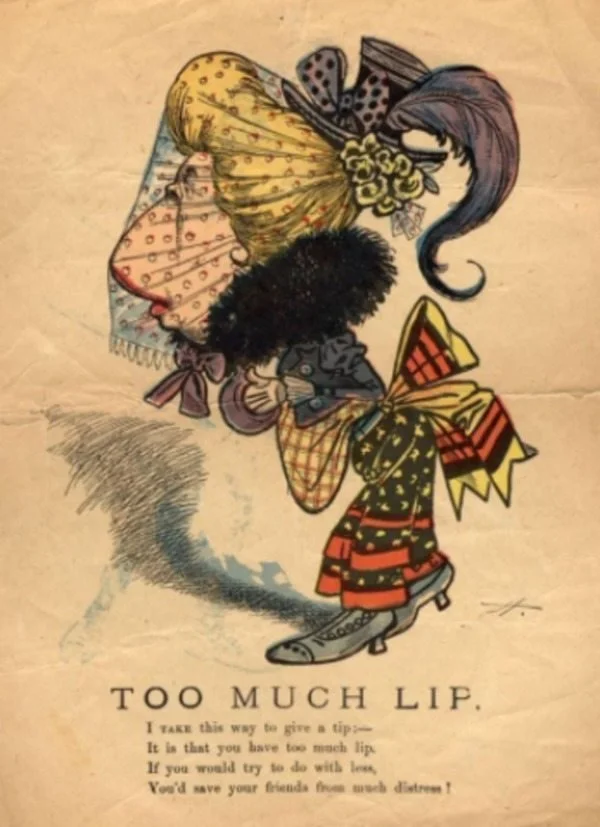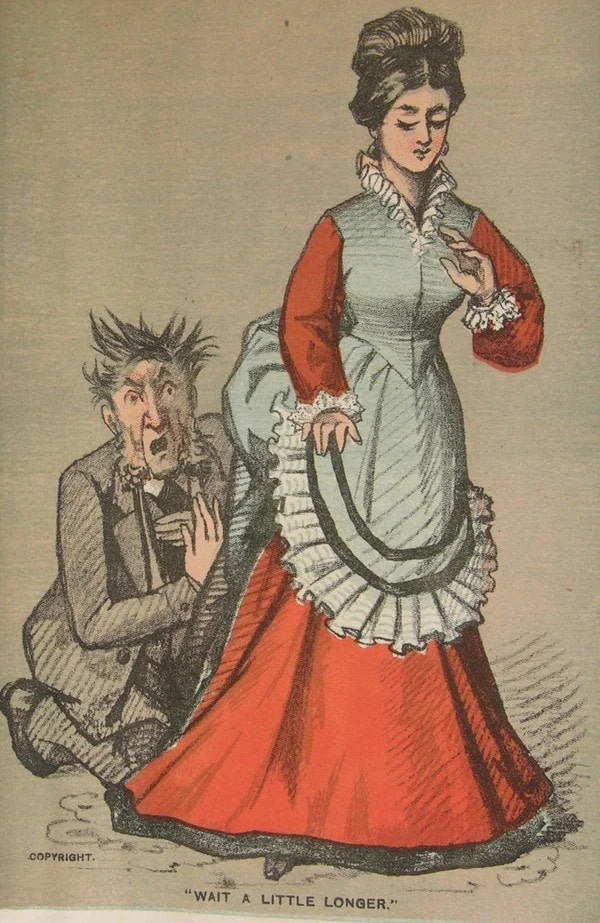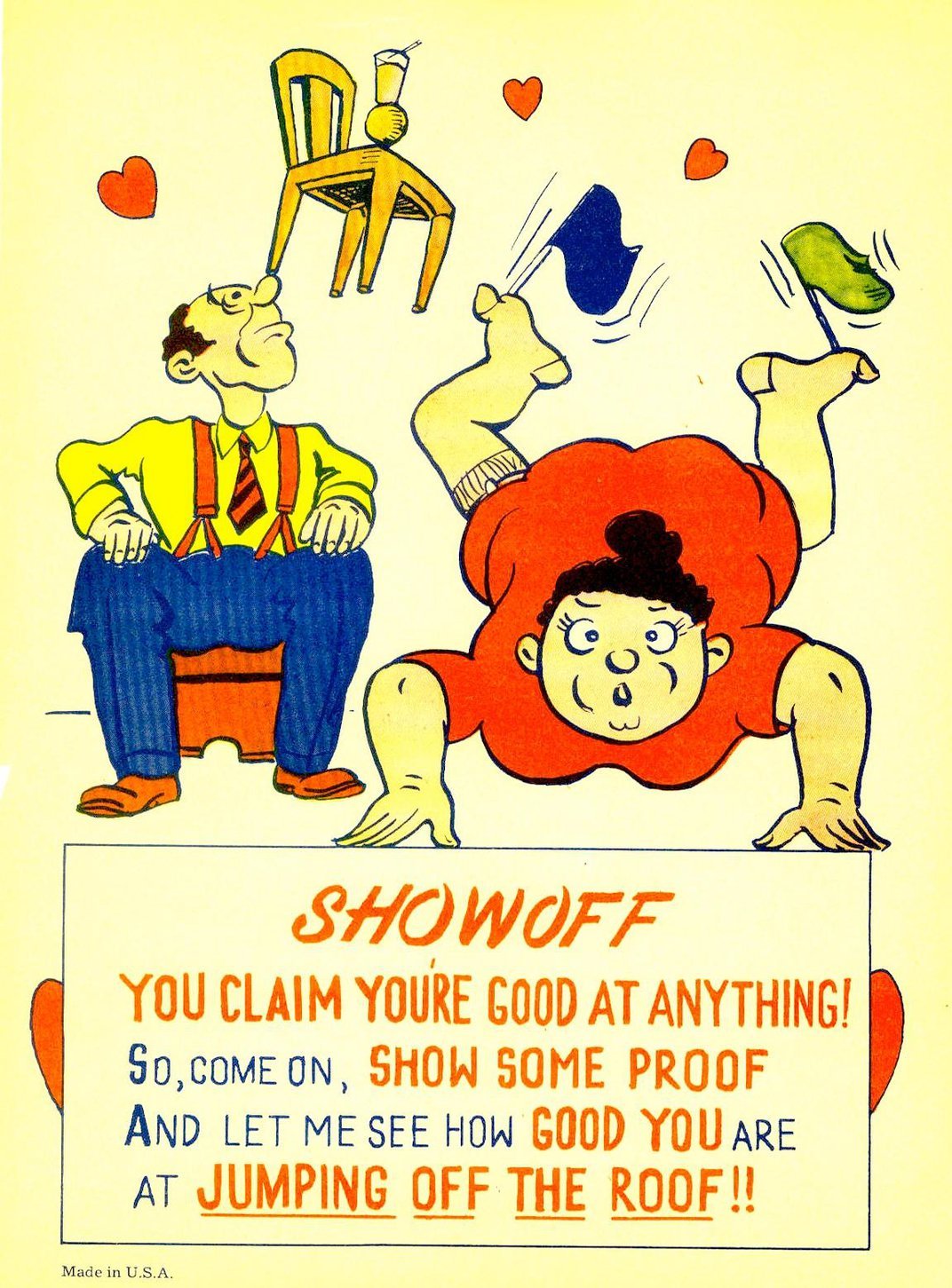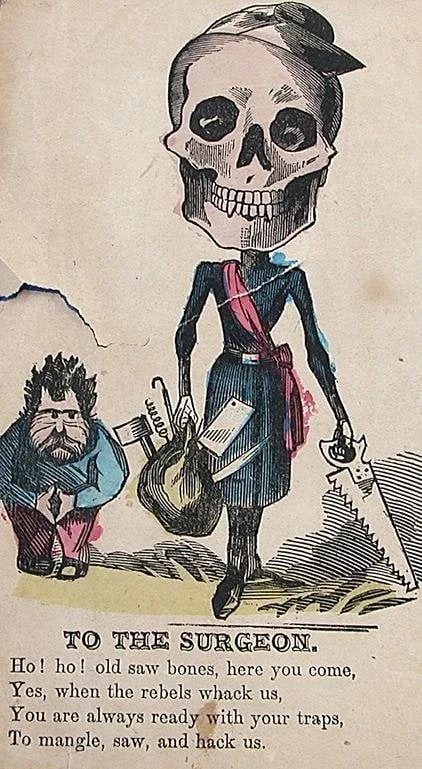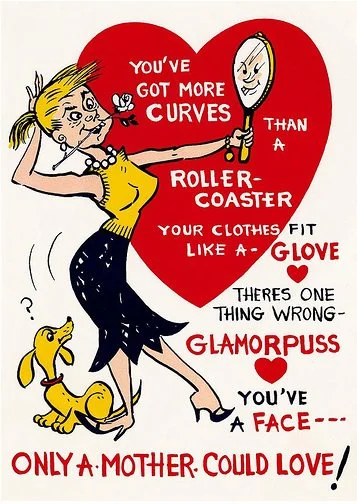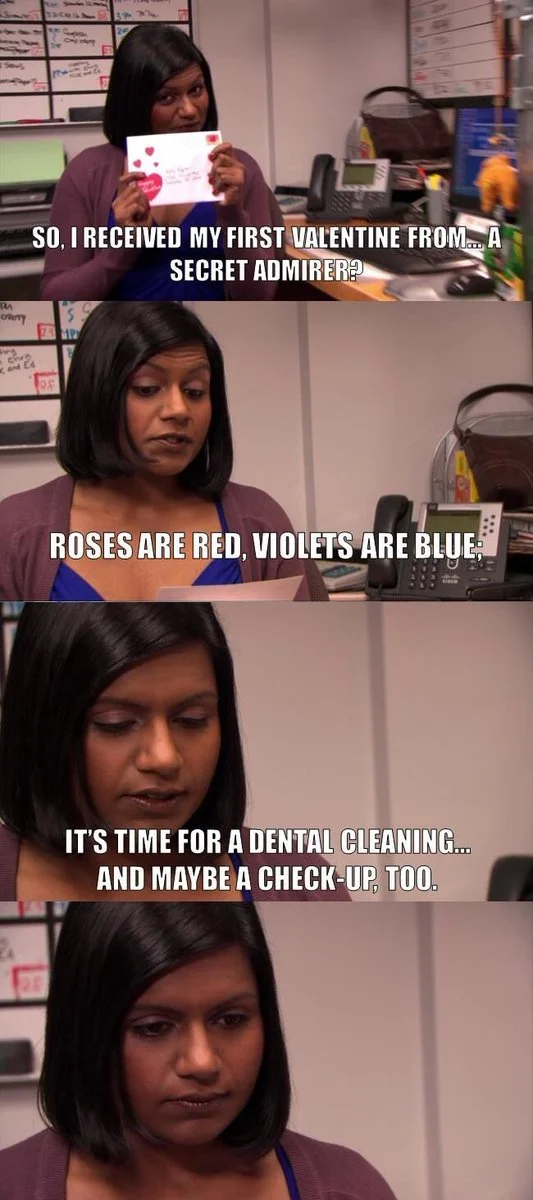Why Do We Send Valentines?
Straight up: this folklore Friday post is late because I’m getting married on Valentine’s Day weekend. We didn’t choose the day to be cute (we chose it because there’s nothing else going on in mid-February, and all the vendors offer discounts in the “off-season”), but I did start to wonder… how did these Valentine’s celebrations even come about? And why do we celebrate this holiday this way?
To be clear, the question “who is St. Valentine?” will not be answered at length here. In short, he might have been one or three martyred men in ancient Rome, but the Roman Catholic Church removed St. Valentine’s feast from the General Roman Calendar due to lack of historical evidence. And if the church can’t find evidence, I damn sure won’t be able to.
Still, though, the folklore around the day is booming, right? I mean, the only vendor we struggled with for the wedding was the florist. Valentine’s Day is their second-busiest day of the year (after Mother’s Day). No one gives a shit about romance until February, really… but why? Not “why do we do it,” but why do we do it now? At this time of year?
The link of February 14 to romance appears to have originated—at least in writing—with Geoffrey Chaucer in 1370-80, in his poem “Parliament of Fowls,” also called the “Parliament of Birds” or “Assembly of Fowls.” (I’m using the modernized terms in these titles, by the way, to spare you from the insane vowel usage of middle English.) In this poem, the birds gather in early spring on “seynt Volantynys day” (told you) to select their mates for the year. Scholars are at a consensus that this is the first association of romance to February 14 in writing, that Chaucer was “the original mythmaker in this instance.”
They do also allow for the possibility that he could have been writing about a custom that predated this poem, though. In other words, people could have been romanticking on February 14 for decades before Chaucer wrote it down. That, or he invented the connection for the poem and chalked it up to artistic license.
What’s weird is that until then, St. Valentine’s Day was just as frequently celebrated on May 2. Why did we choose February 14 over May 3? Scholar of medieval renaissance literature and history at UCLA, Henry Kelly thinks it was just a celebration to make English winters more bearable.
Where did the Valentine cards originate was my next question. I remember having to give those perforated cardboard squares to everyone in my fourth grade class, and I remember having to decorate a shoe box to receive them, too. How did that tradition start? I mean, not the shoebox specifically, but the idea of slipping a note to someone from their secret admirer.
Apocrypha suggests that St. Valentine himself started it. One story says that Valentine fell in love with his jailor’s daughter, and that he told her so in a note which he signed “from your Valentine.” I like that story, even though my sources say it’s unlikely to be true.
The oldest known valentine was a poem from Charles, the Duke of Orleans, to his wife while he was imprisoned in the Tower of London at 1415—pretty romantic. It still exists, and it’s in a collection at the British Library in London, now.
The phrase “roses are red, violets are blue” is ubiquitous now, too, but it apparently has its origins in Sir Edmund Spenser’s epic poem, The Faerie Queen from 1590:
She bath'd with roses red, and violets blew,
And all the sweetest flowres, that in the forrest grew.
The phrase as we know it now, though, appeared in a collection of nursery rhymes printed in 1784:
The rose is red, the violet's blue,
The honey's sweet, and so are you.
Looking at these dates, you can see that if Chaucer started this fun little trend, the poems themselves have already persisted for 300 years. That is a true influencer.
The custom of writing poems and sending Valentine’s cards really took flight in the 1600s, though, and by the middle of the 18th century, friends and lovers of all classes exchanged treats and notes across England. People also sent “Saint Valentine’s keys” to one another, both to “unlock your loving heart” and to ward off seizure disorders, which were at the time known as St. Valentine’s Malady. Fascinating, how saints became patrons to such seemingly unrelated things, right? There was even a sort of primer published in the 17th century to give men ideas when they couldn’t come up with a creative message themselves.
By the Victorian era, forget it: Valentines were mass-produced and so they became incredibly popular. A ton of them even survive from this time, and the more elaborate the card was, the more it cost. That meant the recipient could easily tell how much their Valentine had spent on their card.
My favorite hidden history about Valentines cards, though, is the Vinegar Valentine, which were at least teasing, and at most downright cruel, stuff you wouldn’t dare say to someone’s face without expecting a fight. Some sources say that almost half the Valentines sent in this period were the nasty kind. Fewer of these survive today (most were likely torn into oblivion in a stuttering rage or literally burned from shame), but here are a few of my favorites:
Smithsonian writer Becky Little says, “Some warded off unwanted suitors, while others made fun of people for drinking too much, putting on airs, or engaging in excessive public displays of affection. There were cards telling women they were too aggressive or accusing men of being too submissive, and cards that insulted any profession you could think of—artist, surgeon, saleslady, etc.” Some of them even mocked suffragettes as having moral failings.
Barry Shank writes in his book on greeting cards that Vinegar Valentines actually “documented the changing shape of the middle classes,” shifting from occupations like “sailor, carpenter, and tailor to policeman, clerk, and secretary.”
Now, of course, jokey, Vinegary Valentines are just as common. Take this example from The Office:
If you remember, my original question that led me to all these factoids and snippets was this: why are we doing all this? And why are we doing it now?
The answer is unclear, but all the evidence boils down to the idea that we’re bored in February, and these were some really sweet ideas about how to tell someone you liked them.
Happy Valentine’s day, y’all!




